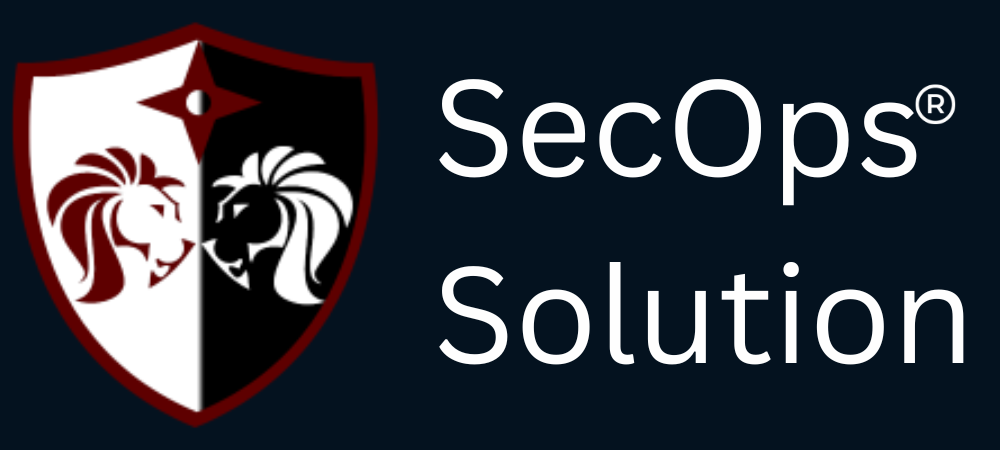
Agentless security for your infrastructure and applications - to build faster, more securely and in a fraction of the operational cost of other solutions

hello@secopsolution.com

In a world dominated by cloud-native applications and containerized microservices, it’s easy to forget that some of the most mission-critical workloads still run on legacy Unix systems like HP-UX, IBM AIX, and Oracle Solaris. These platforms have a decades-long reputation for stability, scalability, and performance in enterprise environments. But in 2025, the real question isn’t about capability—it’s about security.
Are these aging giants keeping pace with the evolving cybersecurity threat landscape? Or are they silently becoming the weakest links in otherwise modern IT infrastructures?
Developed by Hewlett-Packard, HP-UX is a Unix operating system that once powered mission-critical environments in telecom, healthcare, and finance. It’s built on a solid foundation but suffers from aging hardware dependencies and long patch cycles.
AIX (Advanced Interactive eXecutive) remains popular in industries like banking and logistics due to its high performance, advanced virtualization capabilities, and tight integration with IBM’s Power Systems.
Once a flagship OS for enterprise data centers, Solaris gained popularity through its support for SPARC systems and advanced features like ZFS. Oracle’s reduced focus on Solaris development in recent years, however, has raised concerns.
Legacy doesn’t mean insecure by default—but maintaining the security of these systems requires a deliberate strategy. Here are some key concerns:
Vendors are no longer prioritizing frequent patch updates for these platforms. Some vulnerabilities might remain unpatched for extended periods—or indefinitely.
Security tools and agents designed for modern Linux or Windows often don’t support these Unix variants, limiting visibility and threat detection capabilities.
HP, IBM, and Oracle still offer extended support contracts, but updates are usually limited to critical flaws. This reactive model doesn’t align with proactive cybersecurity standards.
It’s hard to integrate AIX, Solaris, or HP-UX with SIEMs, SOAR platforms, and endpoint protection tools, especially in hybrid or multi-cloud environments.
Frameworks like ISO 27001, PCI-DSS, or NIST often require demonstrable vulnerability management practices, which may be difficult to implement on unsupported or minimally supported systems.
If retiring is not an immediate option, here’s how enterprises can secure these systems:
Use network segmentation and firewalls to isolate legacy Unix systems from the broader network.
Send logs to a central SIEM. Use agents or custom scripts that work with legacy formats.
Though rare, patches still do come. Apply them as soon as possible after testing.
Use host-based firewalls, disable unused services, and enforce strict access control.
Use tools that support legacy systems or opt for agentless scanning solutions.
SecOps Solution offers modern, scalable, and agentless vulnerability and patch management services that extend even to complex environments with legacy systems like HP-UX, AIX, and Solaris.
Legacy Unix systems are not inherently insecure, but they need special care in today’s rapidly evolving cybersecurity environment. With shrinking vendor support and increasing compliance pressure, enterprises can no longer rely on “it’s always worked” as a justification.
Modern cybersecurity strategies must treat HP-UX, AIX, and Solaris as critical infrastructure—either by phasing them out or securing them with specialized tools and practices like those provided by SecOps Solution.
SecOps Solution is a Full-stack Patch and Vulnerability Management Platform that helps organizations identify, prioritize, and remediate security vulnerabilities and misconfigurations in seconds.
To learn more, get in touch.